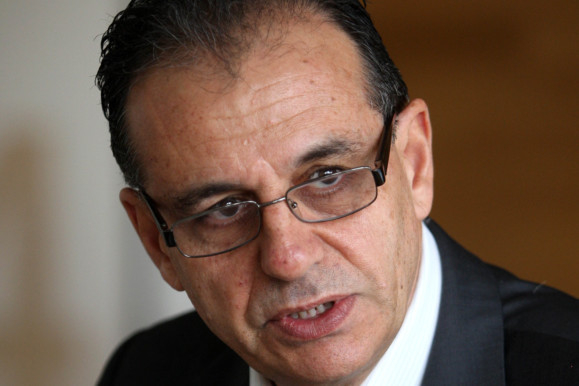
Dubai: The recent rise in oil prices have come as a big relief to GCC countries and other oil exporters from the Middle East that have been facing slower growth and rising debt burdens.
A combination of factors such as the production decline in Venezuela, the extension of the Opec+ agreement to the end of 2018, rising geopolitical tensions in the region and a pick-up in demand have supported oil prices in recent months.
While most oil price forecasts are in the range of $60 to $65 (Dh220.38 to Dh238.74), the Institute of International Finance (IIF) recently revised upward its average Brent oil price assumption to $72 per barrel for 2018 (a 33 per cent increase from 2017 figures).
“Our calculations show that a $1 increase in oil prices would improve the current account balance by about $4 billion in Saudi Arabia, $1.2 billion in the UAE, and $1.1 billion in Iran,” said Garbis Iradian, head of research of the Mena region at IIF.
With the projected $18 increase in average oil prices in 2018 compared to last year, the IIF expects the cumulative current account surplus for the nine Mena oil exporters — Saudi Arabia, the UAE, Kuwait, Qatar, Oman, Bahrain, Algeria, Iraq and Iran — to increase from $56 billion in 2017 to $233 billion (9.5 per cent of GDP) in 2018.
The fiscal situation for Mena oil exporters — except Bahrain and Oman — is now on firmer footing. The respective authorities in the region have implemented serious fiscal adjustments in recent years. Higher oil prices, combined with additional non-hydrocarbon revenue, should more than offset the 7 per cent average increase in public spending, leading to narrower deficits (excluding investment income).
“We expect the consolidated fiscal deficit for the nine Mena oil exporters to decrease from 7.5 per cent of GDP in 2017 to 3 per cent in 2018. Including investment incomes, which are very large in Kuwait, the UAE and Qatar, the cumulative deficit will be much smaller,” said Iradian.
A tighter monetary stance in the six GCC countries and Iraq, whose currencies are pegged to the US dollar, could off-set some of the gains from expansionary fiscal stances.
“We expect a cumulative increase of 100 bps (1 per cent) in key policy rates, in line with the four Fed hikes of 25bps each. However, continued sluggishness in credit expansion, particularly in Saudi Arabi and the UAE, could hamper private sector activity. As of March 2018, credit growth was about 1 per cent, year-on-year, in Saudi Arabia and the UAE,” said Boban Markovic, an analyst at the IIF.
Going forward, oil price risks are seen broadly balanced in the short run as a significant drop in Iran’s oil exports, due to the reimposition of US sanctions, assuming no military confrontation, would require significantly higher oil output from the GCC to keep oil prices below $80 per barrel. As a result, overall growth could be higher and external positions stronger in the GCC.
However, anlalyts have warned that oil prices could be much lower beyond the near term as supplies pick up following the expiry of Opec+ agreement at the end of the year and higher shale output.











